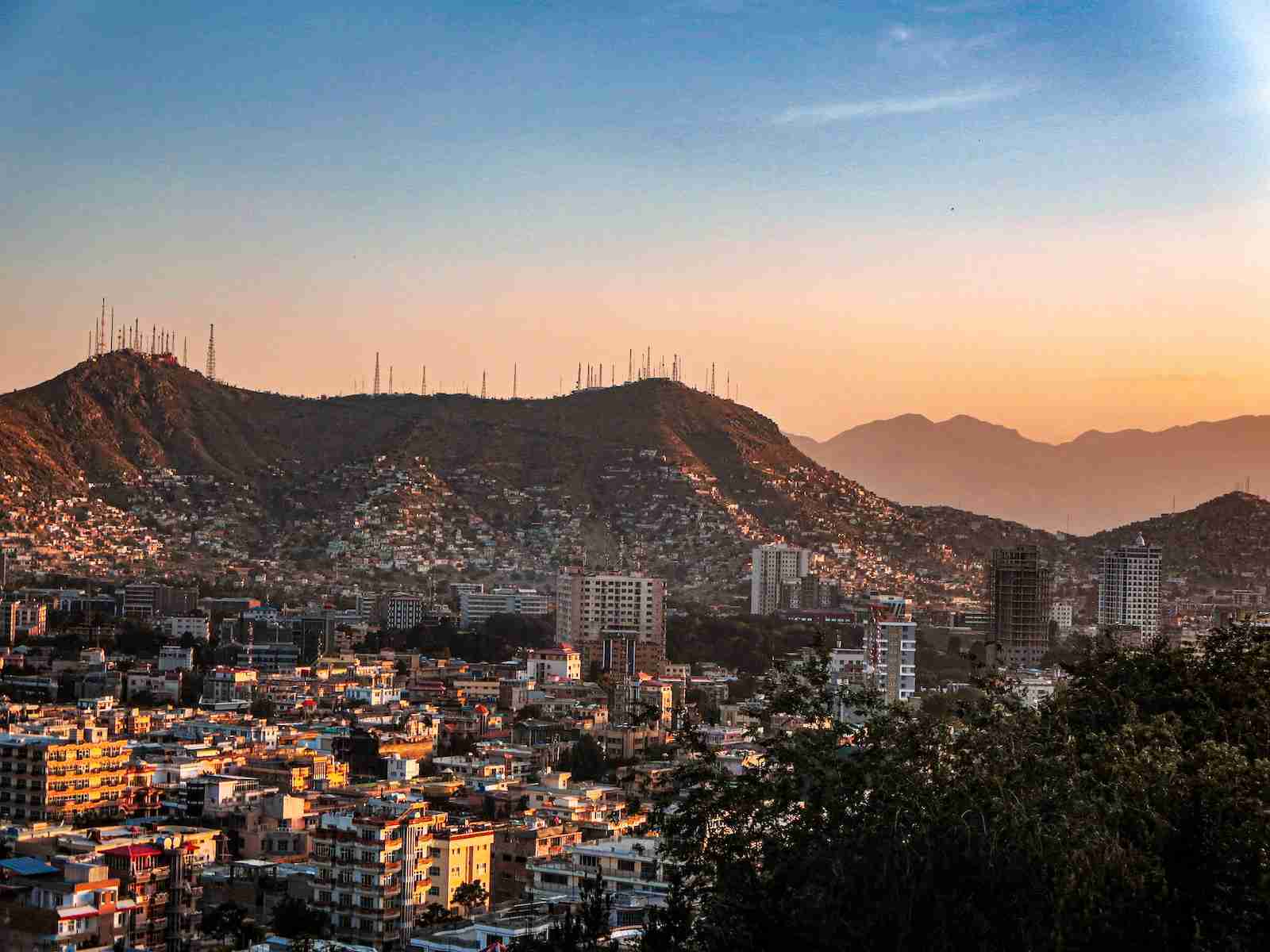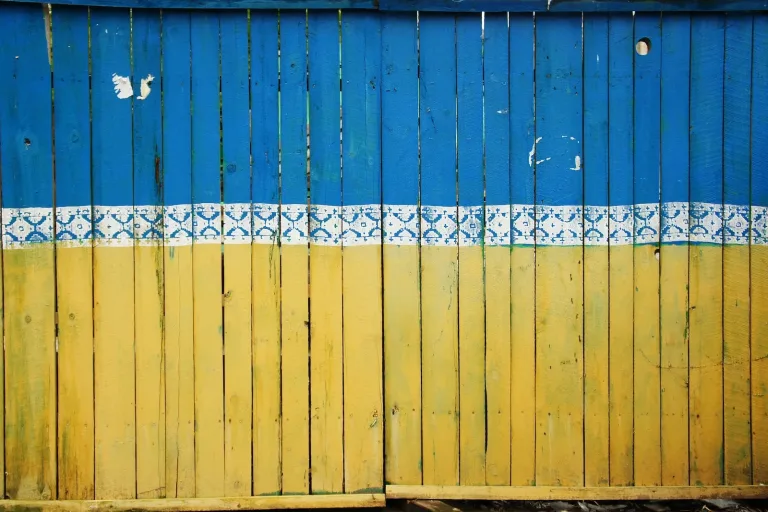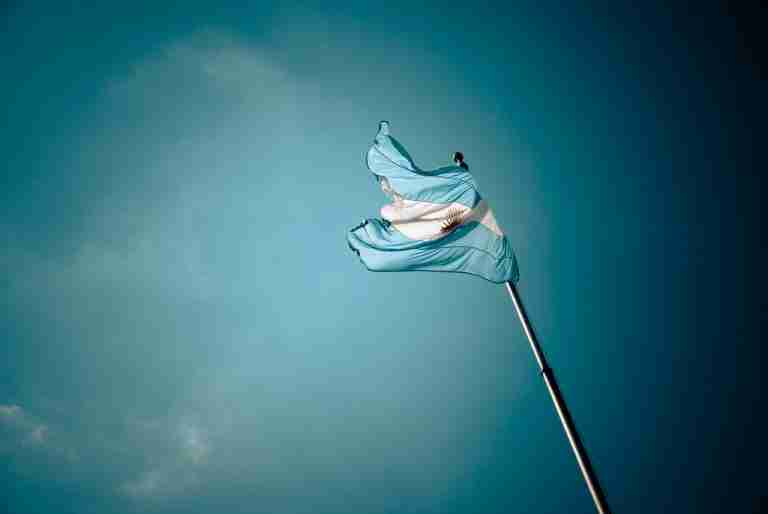25 Fun Facts About Afghanistan: Exploring the Untold Wonders
1. Afghanistan is a landlocked country located in South-Central Asia.
Afghanistan is Surrounded by majestic mountains and breathtaking landscapes, it holds a unique place in history as a crucial crossroads for trade and civilization.
Despite facing various challenges, the Afghan people have preserved their rich heritage and continue to exhibit resilience in the face of adversity.
2. It shares borders with Pakistan, Iran, Turkmenistan, Uzbekistan, Tajikistan, and China.
The country shares its borders with several neighboring nations, fostering both trade and cultural exchanges. To the east, it borders Pakistan, while Iran lies to the west, and Turkmenistan and Uzbekistan to the north. To the northeast, it meets Tajikistan, and to the east, it connects with China.
This strategic location has played a significant role in shaping Afghanistan’s history and geopolitical dynamics.
3. The official languages are Pashto and Dari.
Pashto, spoken predominantly in the south and east, holds historical importance and cultural significance. Dari, a variety of Persian, is widely spoken in the central and northern regions.
These languages represent the diverse ethnic groups and tribes that call Afghanistan home, contributing to the nation’s rich tapestry of languages and cultures.
4. Kabul, the capital, is one of the highest capital cities in the world.
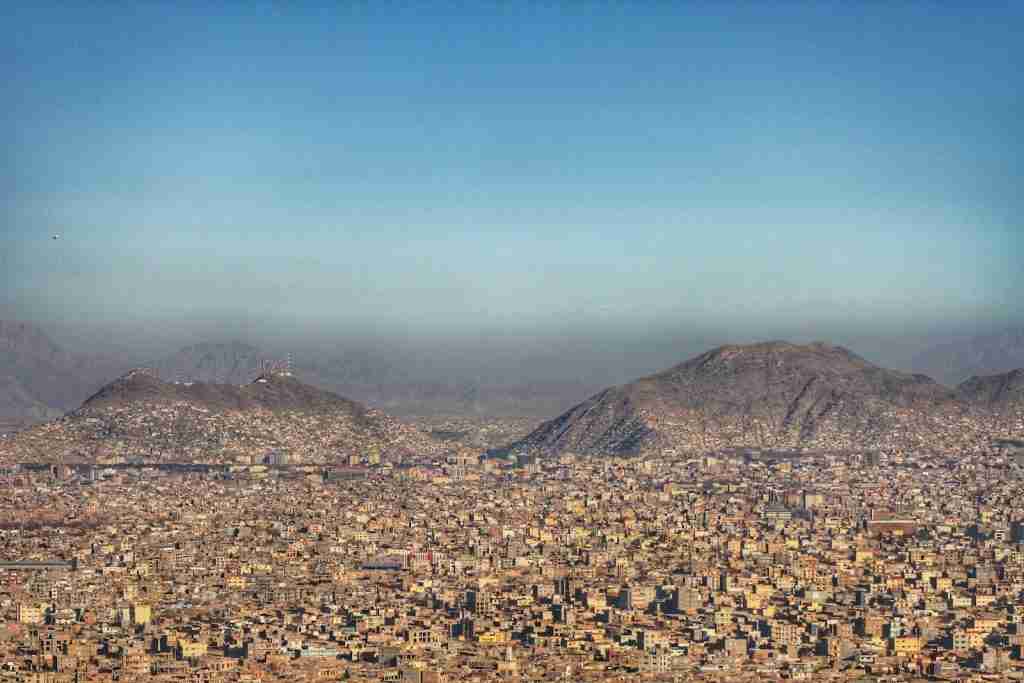
It is situated at an elevation of approximately 1,800 meters (5,900 feet) above sea level and enjoys a unique position nestled among the magnificent Hindu Kush mountains. This high-altitude location not only offers breathtaking views but also contributes to the city’s distinct climate and natural beauty.
Visitors to Kabul can experience a vibrant blend of history, culture, and stunning vistas as they explore this elevated capital city.
5. The ancient city of Herat is over 2,500 years old.
Its origins can be traced back to ancient Persian times, and it has witnessed the rise and fall of numerous civilizations throughout history. Herat served as a prominent center of art, science, and literature during its heyday, attracting scholars, poets, and intellectuals from far and wide.
Today, visitors can wander through its labyrinthine streets, marvel at its historical sites, and soak in the enduring charm of this ancient city that has stood the test of time.
6. Afghanistan has a diverse landscape, ranging from deserts to mountains.
From the expansive deserts of the south to the towering mountain ranges of the north, the country boasts an array of contrasting environments. The arid deserts, such as the Dasht-e Margo and the Registan Desert, showcase vast stretches of golden sand and offer a glimpse into the country’s rugged beauty.
Meanwhile, the awe-inspiring mountain ranges, including the Hindu Kush and the Pamir Mountains, provide a majestic backdrop of snow-capped peaks and deep valleys
7. The country’s national sport is Buzkashi.
It holds a significant place in the hearts of the people, reflecting their rich cultural heritage. Buzkashi is an exhilarating game where horse-mounted players compete to grab a goat carcass and score points.
The sport embodies strength, skill, and the spirit of camaraderie among Afghans.
8. Afghanistan was a prominent stop on the ancient Silk Road.
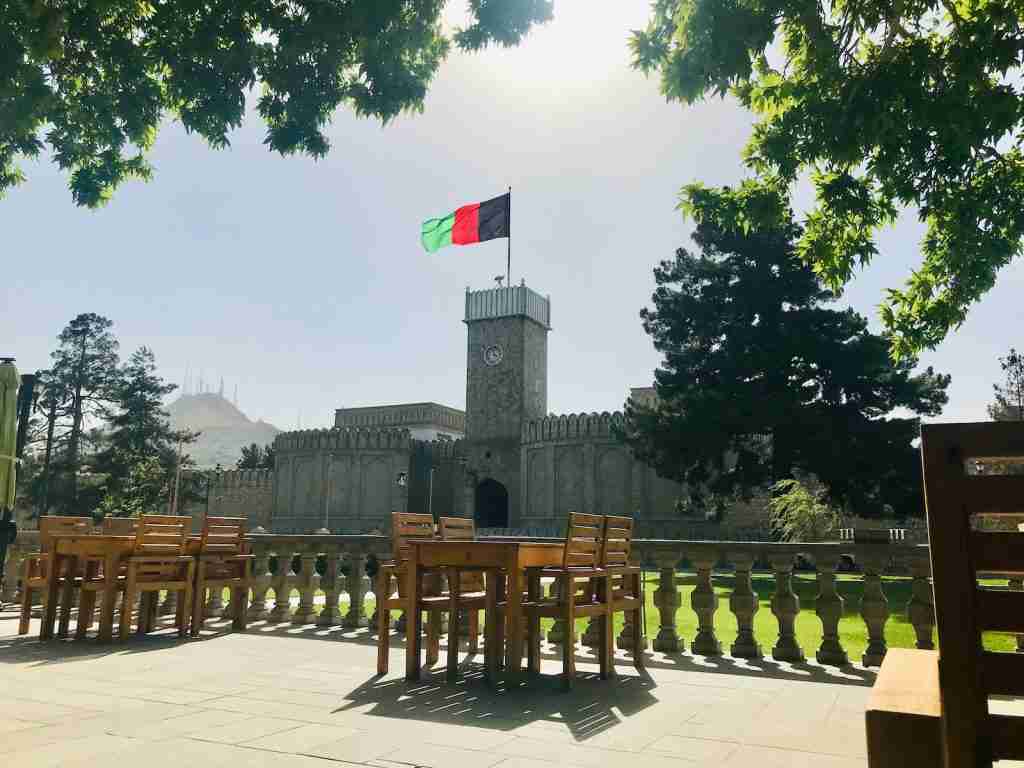
Afghanistan played a crucial role in the ancient Silk Road, serving as a prominent stop along the historic trade route. The Silk Road connected the East and West, facilitating the exchange of goods, ideas, and cultures.
Afghanistan’s strategic location made it a bustling hub for merchants and travelers, fostering economic growth and cultural exchange for centuries.
9. The Buddhas of Bamiyan, two giant statues carved into a cliff face, were destroyed by the Taliban in 2001.
These colossal figures, standing tall for centuries, were a symbol of Afghanistan’s rich Buddhist heritage and artistic mastery.
Their demolition shocked the world, erasing a precious piece of history and leaving behind a void that serves as a reminder of the importance of preserving cultural treasures.
10. Alexander the Great conquered Afghanistan in the 4th century BC.
This remarkable conquest is an integral part of his vast empire-building endeavors that left an indelible mark on ancient history.
Alexander’s strategic brilliance and tenacity enabled him to overcome numerous challenges, solidifying his place as one of the greatest conquerors of all time.
11. Afghanistan is famous for its handwoven carpets.
These meticulously crafted masterpieces reflect the rich cultural heritage and traditions of the Afghan people.
The intricate designs, vibrant colors, and expert weaving techniques make Afghan carpets highly sought after by collectors and connoisseurs around the globe. Each carpet tells a unique story, showcasing the country’s deep-rooted artistic legacy, which is one of the fun facts about Afghanistan.
12. The Afghan Hound is one of the world’s oldest dog breeds.
Characterized by its elegant appearance and regal demeanor, this graceful hound has been a faithful companion to humans for thousands of years. Originally bred for hunting purposes, the Afghan Hound’s exceptional speed and agility made it a prized asset in various cultures throughout the ages.
Today, it’s refined beauty and gentle disposition continue to captivate dog lovers worldwide, solidifying its position as a cherished breed.
13. The country produces some of the world’s finest lapis lazuli gemstones.
The country’s mines yield these precious stones of vivid blue hues, admired and sought after by gem enthusiasts and jewelry craftsmen alike.
The rich cultural history of lapis lazuli in Afghanistan traces back centuries, making it a significant aspect of the nation’s heritage. With its unrivaled beauty and historical significance, Afghan lapis lazuli continues to captivate the world.
14. Afghan cuisine features dishes like kebabs, mantu (dumplings), and qabuli Pulao.
One of the fun facts about Afghanistan is that Among the country’s culinary treasures are succulent kebabs, grilled to perfection and bursting with delectable spices. Mantu, a type of dumpling, delights palates with its savory fillings and delicate texture, often served with yogurt and sauces.
Another mouthwatering dish is the qabuli Pulao, a rice-based delicacy enriched with tender meat, nuts, and a medley of spices, creating a symphony of tastes. Afghan cuisine stands as a testament to the country’s cultural diversity and culinary prowess.
15. The Wakhan Corridor is a narrow strip of land that separates Afghanistan from China.
This corridor serves as a natural buffer zone, physically separating Afghanistan from China’s borders. It runs along the country’s northeastern edge, providing a geographic distinction between the two neighboring nations.
The rugged beauty of the Wakhan Corridor offers stunning landscapes and has historical importance as an ancient trade route connecting Central Asia with the Indian subcontinent. Today, it remains a fascinating passage of history and a remarkable geographic feature of Afghanistan.
16. In Afghanistan, Friday is the official day of rest and worship.
This special day holds great significance for the people, as it allows them to gather together for prayers and religious activities.
It is a time when communities come together to reflect on their faith and values, fostering a strong sense of unity among the population.
17. The solar year in Afghanistan begins on the vernal equinox, usually March 21st.
This event marks the beginning of spring and holds cultural and symbolic importance for the people of Afghanistan.
It serves as a reminder of the cycle of life, renewal, and the changing of seasons, impacting various traditions and celebrations throughout the country, which is one of the fun facts about Afghanistan.
18. The name “Afghanistan” is derived from “Afghan,” referring to the Pashtun people, and “-stan,” meaning “land of” in Persian.
This amalgamation results in the term “Afghanistan,” signifying the land of the Pashtuns.
This name reflects the country’s rich historical and cultural ties to the Pashtun ethnic group, one of the major communities within its diverse population.
19. The Afghan Rubab is a traditional musical instrument.

Afghan Rubab 🎶
One of the fun facts about Afghanistan is that this beautiful instrument holds significant cultural value in Afghanistan. It features a unique pear-shaped body, a wooden neck, and a series of strings that are plucked to produce enchanting melodies.
The Rubab has been played for centuries, captivating audiences with its soothing and soulful tones. It holds a special place in Afghan music and continues to be cherished by musicians and enthusiasts alike.
20. Afghanistan’s national flag consists of three vertical stripes: black, red, and green.
Each color represents a different aspect of the country’s identity. The black stripe symbolizes the dark past and the struggles faced by Afghanistan. The red stripe signifies the courage and valor of the Afghan people.
The green stripe represents hope and prosperity for the nation’s future. Together, these colors come together to create a powerful and meaningful flag that reflects the spirit and resilience of Afghanistan.
21. The country is famous for producing high-quality pomegranates, grapes, and saffron.
Afghanistan’s favorable climate and fertile soil contribute to the cultivation of these exceptional crops. The pomegranates are known for their rich taste and vibrant color, while the grapes yield delicious juices and wines.
Saffron, on the other hand, is a prized spice known for its distinctive flavor and aroma, making it highly sought after in culinary and medicinal applications.
22. Afghanistan has a rich tradition of storytelling through poetry, with famous poets like Rumi and Khayyam.
Renowned poets such as Rumi and Khayyam have left an indelible mark on Afghan literary culture.
Their eloquent verses continue to inspire and resonate with people across generations, reflecting the richness and depth of Afghanistan’s poetic tradition.
23. The traditional dress for men is a long shirt called a “Khet,” while women wear colorful garments like the “Afghan Kuchi.”
This traditional attire exudes a sense of elegance and simplicity, reflecting the cultural values and norms of the country. On the other hand, women embrace a vivid array of colorful garments, including the captivating “Afghan Kuchi” clothing.
These vibrant ensembles showcase the diverse and vibrant spirit of Afghan fashion, which is one of the fun facts about afghanistan.
24. The country faces challenges with opium production and is a significant contributor to the global drug trade.
The country’s struggle with opium cultivation and trafficking poses complex issues that demand attention and concerted efforts.
Addressing this problem requires multifaceted approaches, encompassing both domestic policies and international collaborations to combat drug production and its associated consequences.
25. Where is Afghanistan?
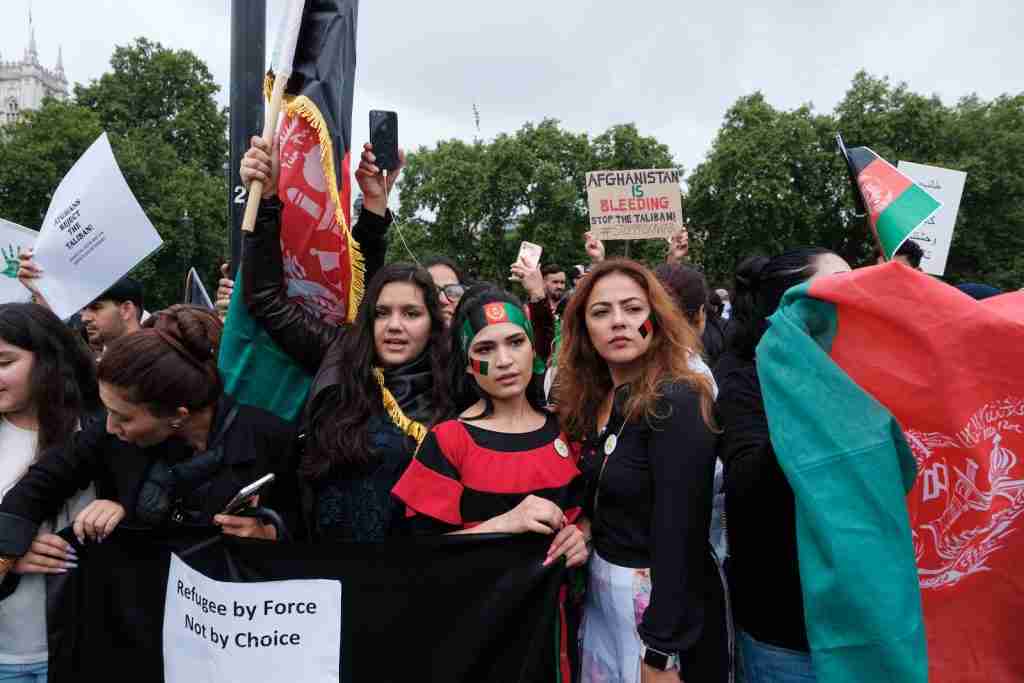
Afghanistan is a landlocked country located in South Asia. It is situated in the central part of the region known as the Indian subcontinent. To the west and north of Afghanistan lies Iran, while its northern borders connect with Turkmenistan, Uzbekistan, and Tajikistan. Pakistan is located to the south and east of the country, and to the east lies China.
Afghanistan’s geographical location places it at a significant crossroads between Central Asia, South Asia, and the Middle East.
FAQs
The war in Afghanistan was initiated by the United States and its allies in response to the September 11, 2001, terrorist attacks. The main objective was to dismantle Al-Qaeda and oust the Taliban regime, which had provided a safe haven for the terrorist group.
Before, Afghanistan was known as the Kingdom of Afghanistan, and at certain periods in history, it was also referred to as the Islamic Emirate of Afghanistan or the Democratic Republic of Afghanistan, depending on the government in power.
Afghanistan has a population of over 42 million people. The majority of the population is rural, with only about 25% living in urban areas. The population is very young, with a median age of 17 years. The country is also very diverse, with over 50 ethnic groups represented.
The capital of Afghanistan is Kabul. It has served as the country’s political, cultural, and economic center throughout various periods of its history.
Afghanistan is famous for its rich cultural heritage, stunning landscapes, and historical significance. It has been a crossroads of civilizations and is renowned for its ancient cities like Kabul, Herat, and Balkh. The country is also known for its diverse ethnic groups, traditional crafts, and the legendary Khyber Pass, which has been a crucial trade and invasion route throughout history. Moreover, Afghanistan’s world-famous rugs and carpets are highly prized for their craftsmanship and intricate designs.

